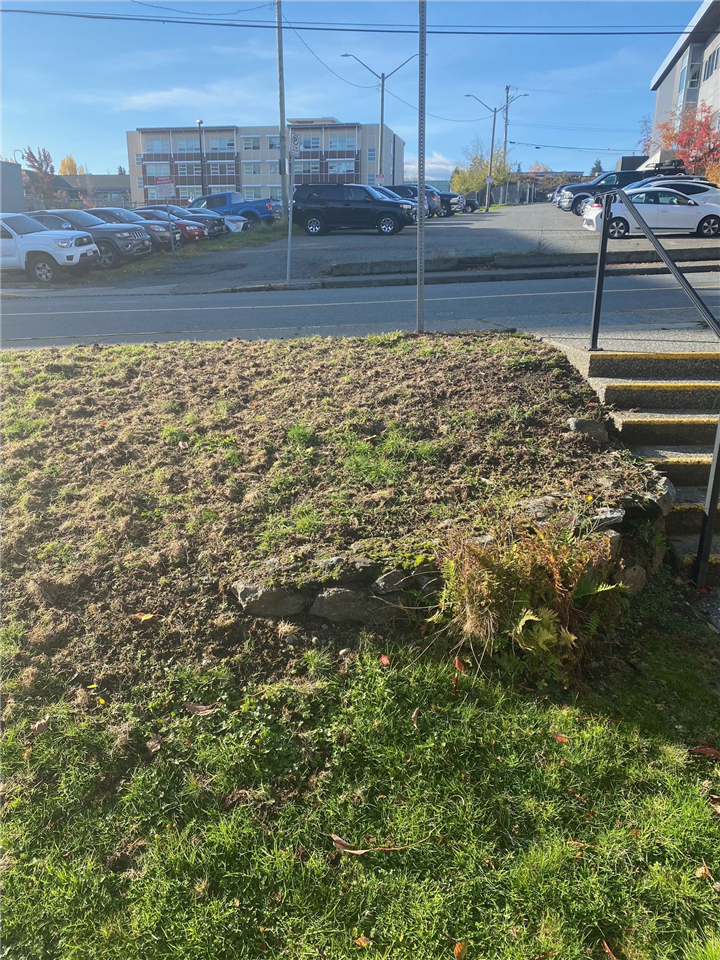
News
Municipal
Turf care
Significant turf damage to Nanaimo grounds attributed to European chafer beetles
Pest was first discovered in B.C. in 2001
December 1, 2023 By Turf & Rec
 Damage to the lawn at City Hall in Nanaimo, B.C.
Damage to the lawn at City Hall in Nanaimo, B.C. Residents of Nanaimo, B.C. are noticing unusual damage to turfgrass in the community this fall with some areas dug up. The cause is the European chafer beetle which lays eggs in the ground, drawing animals, including raccoons and birds, to dig up the grass to feed on the grubs.
While usually a sporadic problem, this year’s fall season has proven to be challenging to parks staff as they work to reduce beetle damage in various areas across the city, including at city hall and at the Bowen Cemetery.
Parks staff are following provincial guidelines and best management practices to work on a variety of methods to manage the grass and reduce the impact of this pest in priority areas. This includes handling chafer beetle infestations by implementing a range of turf care and chafer beetle control measures, including removing and repairing damaged grass and applying nematodes to the soil as necessary.
The European chafer is a pest of turf, horticulture and field crops in North America. It was first discovered in British Columbia in 2001 in New Westminster and has now spread to other regions of the province, including Nanaimo. The adult beetle is a tan-coloured, medium sized scarab beetle (12 mm long). The larvae, or grubs, have a C-shaped body and brown head. Mature chafer grubs are up to 25 mm long, significantly smaller than mature ten-lined June beetle grubs, which can be five cm long.
The European chafer beetle will continue to be an ongoing management issue on Vancouver Island, however, through consistently implementing the recommended best practices, the impact can be minimized. Considerable damage to turf can occur in the fall and winter from animals, including skunks, raccoons and birds digging up the grass to feed on the larger grubs.
For more information on the European chafer, visit the Government of British Columbia website. https://www2.gov.bc.ca/assets/gov/farming-natural-resources-and-industry/agriculture-and-seafood/animal-and-crops/plant-health/phu-european-chafer.pdf
Print this page